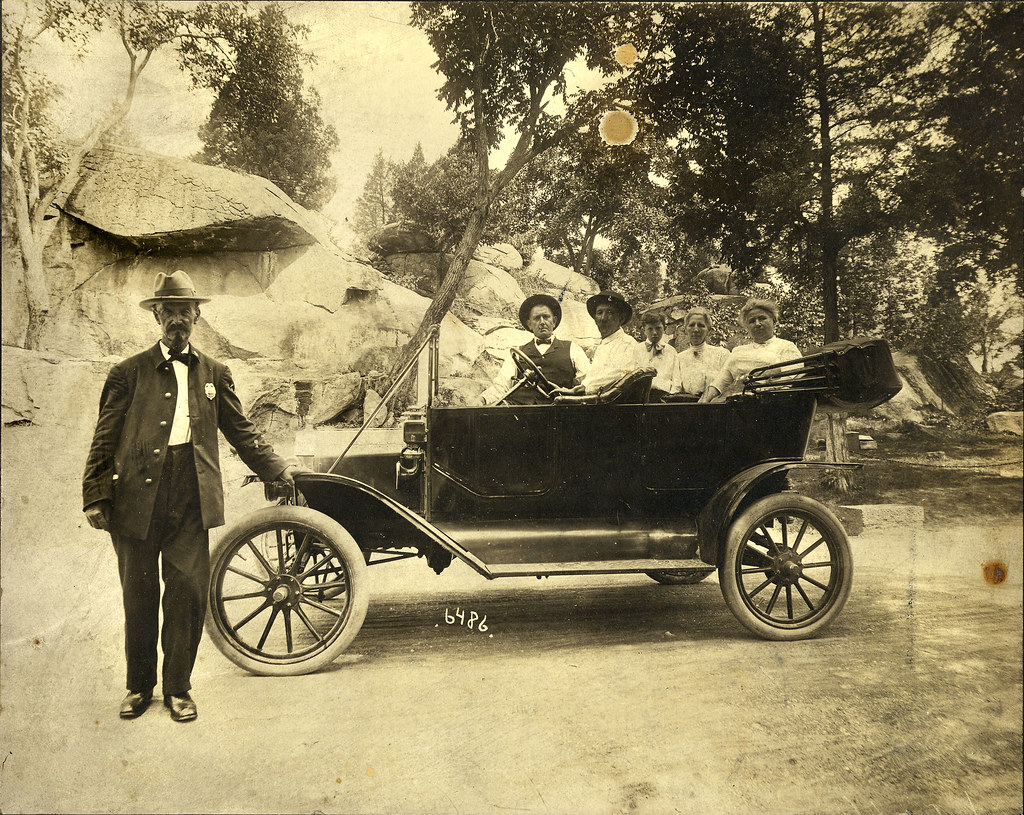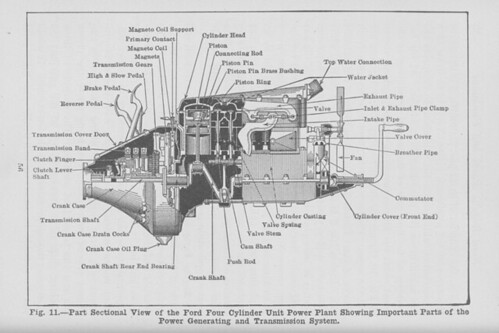It’s safe to say Covid-19 and business operations don’t mix. As the world deals with this pandemic, many companies have moved their workforce to stay-at-home protocols, allowing employees the option to work virtually. But most manufacturers are exempt from these mandates due to the nature of their business. In fact, as vast economic sectors stutter to a near-stop, the world is looking toward manufacturers to step up production and respond to the crisis with quick production of scarce and necessary items.
The industry has answered this call. In the last few weeks, additive manufacturers have begun producing ventilator parts, test swabs, and face shields even as whiskey manufacturing plants change over to making sanitizer. Automotive manufacturers have even changed over some factory machinery so they can provide medical masks and other necessary equipment rather than making automotive parts or cars.
As our industry deals with these unprecedented changing workplace and economic challenges, many are balancing several different concerns. This includes how to keep employees safe and how to continue meeting existing customer needs while also satisfying the needs of new customers. How to maintain the economic stability and flexibility necessary for continued business operations while achieving those goals is also a goal. Manufacturers are simply trying to keep their doors open as demand for their products decreases or their supply chain becomes temporarily knotted. Trying to balance this with a temporary revenue loss can be challenging, especially while maintaining regular operations and staffing levels. What should you be doing in the short term as we all work our way through these issues?





You must be logged in to post a comment.